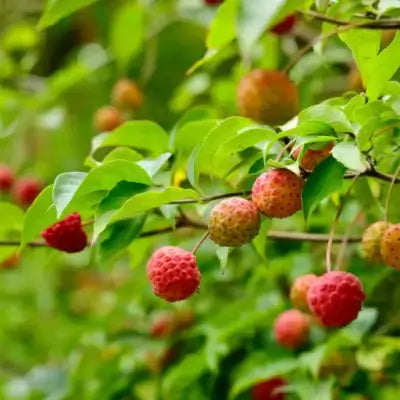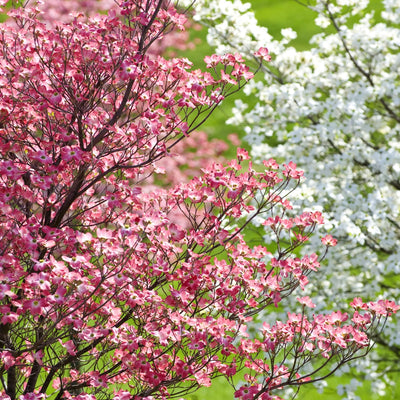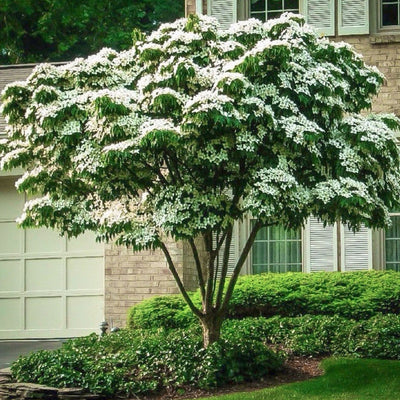What Is a Kousa Dogwood Tree?
A Kousa dogwood tree is a deciduous shrub that grows to about 15 to 25 feet tall. It has white spring flowers, followed by red berries in the fall. It is woody, having oval-shaped leaves which turn yellow in the fall.

How Do You Take Care of Kousa Dogwood Trees?
Water regularly in the summer and less frequently in winter. Consider fertilizing once every two weeks with a general-purpose liquid or granular fertilizer.
How Much Sunlight Can a Kousa Dogwood Tree Take?
It is not a picky plant and will grow well in various conditions.
Are Kousa Dogwood Trees Back Up Every Year?
Yes. Kousa dogwood trees are planted to be permanent, so they can be expected to flower yearly. They bloom in the spring and go dormant in the fall.
What Does a Kousa Dogwood Tree Look Like?
Kousa dogwood trees have leaves that are between 2 and 4 inches long, with serrated edges and a pointed tip. Its leaves are dark-green on top and light green underneath, with white or light pink flowers in spring.
Where Does a Kousa Dogwood Tree Grow?
Kousa dogwood trees grow best in well-drained soil with a pH of 5.5-6.6.
What Are the Environments in Which Kousa Dogwood Trees Grow?
Kousa dogwood trees are resistant to diseases and grow in USDA zones 5-8. They like at least 8 hours of sunlight and can tolerate partial shade.
Are Kousa Dogwood Trees Toxic?
No. These trees are safe to eat, and you can feed the leaves to your pets. The berries on the trees are also edible and make a tasty topping.
How Do You Grow a Kousa Dogwood Tree?
Well-drained soil is the key to growing kousa dogwood tree. The tree needs enough sunlight.
How Do You Care for Kousa Dogwood Trees?
It is easy. You should water it regularly and ensure the soil is always moist. If you are growing your dogwood in a container, be sure to use potting soil that is rich in compost and fertilizer.
How Did Kousa Dogwood Trees Get Their Name?
The "Kousa" part of the name is short for Japanese. The trees are native to Japan, and they are also called Japanese Dogwood. The "dogwood" part of the name comes from the fact that these trees look similar to dogwood.



